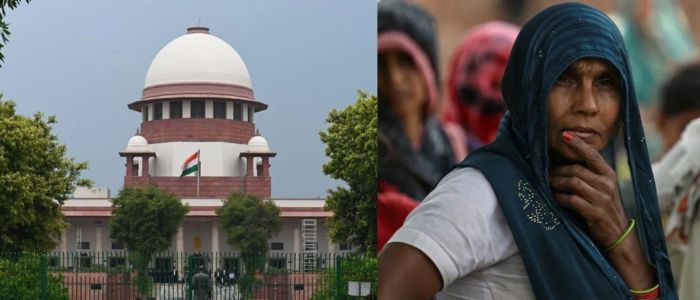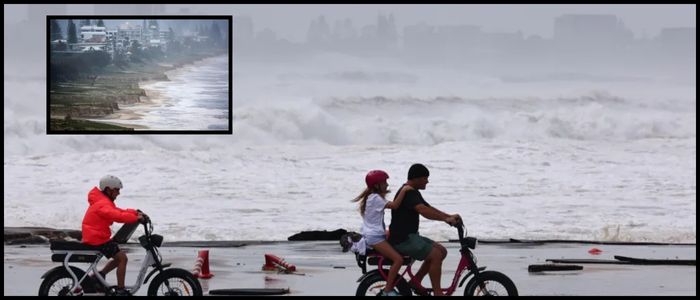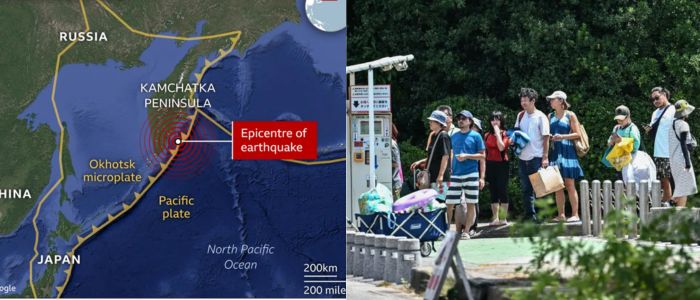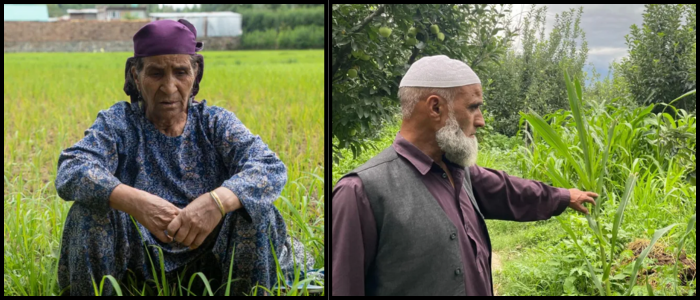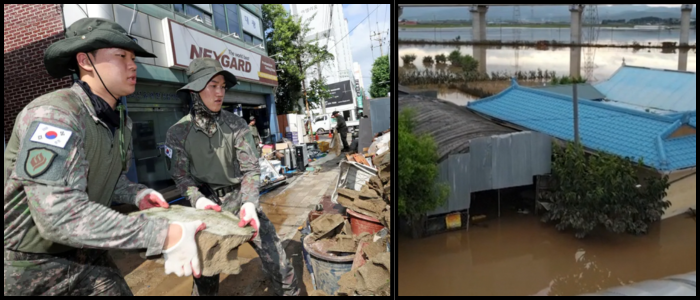Despite the conditions, Jamaica and her groom, Jade Rick Verdillo, went ahead with their wedding. "It was challenging, but we focused on what's important," they said, showing the resilience often associated with Filipino spirit. Their wedding photos quickly went viral, echoing similar scenes from past years at the same church and others in nearby provinces.
While these submerged weddings often draw admiration, they also highlight a deeper and ongoing crisis in the Philippines—severe flooding caused by poor infrastructure, ageing sewage systems, and increasingly extreme weather events.
Love Amid Adversity—and Dangerous Waters
For Jamaica and Jade, the hardest decision came the night before the wedding. The worsening weather nearly forced them to cancel. "It was 50/50 for me," said Jamaica, as planners warned of more rain. In the end, they chose to proceed, driven by love and support from family and friends.
The ceremony ended with the couple taking doxycycline—an antibiotic that guards against leptospirosis, a flood-borne disease that can severely affect the liver. Just hours later, the same flooded church hosted a funeral, with the casket placed on stilts at the altar.
The ongoing rains are linked to Typhoon Wipha, known locally as Crising—the third major storm to hit the country this year. With around 20 tropical cyclones forming in the Pacific each year, the Philippines is regularly in the path of destruction. So far, six people have died from recent flooding, and tens of thousands have been displaced.
More storms are expected later this month, with the most severe often arriving near the end of the year, just before the holiday season.
Flooding Crisis and Calls for Long-Term Solutions
President Ferdinand Marcos Jr. is under increasing pressure to address the nation's flood crisis. Photos of government workers hanging posters ahead of his upcoming State of the Nation Address sparked backlash, with many citizens calling for a shift in focus to disaster response.
Marcos, currently in Washington for trade talks with US President Donald Trump, assured the public that disaster agencies were ready before he left. But in Metro Manila—home to over 13 million people—the flooding has laid bare the city's vulnerability.
According to Public Works Minister Manuel Bonoan, the sewage system dates back to the early 1900s and is now 70% clogged. Combined with uncollected waste and poorly planned construction over natural waterways, the outdated infrastructure cannot cope with today's conditions.
Geologist Dr. Mahar Lagmay has emphasised the complexity of flood management in the region, noting that solutions must also consider tides from Manila Bay, storm surges, and potential dam failures.
Bonoan says the government is developing a master plan in collaboration with the World Bank. A key step is the repair of 32 water pumping stations in the capital, which will help reduce the burden on the existing drainage system.
Newlywed Jade Rick Verdillo remains hopeful that progress is possible. "We have so much water—seas and rivers. The government should invest in flood gates, pumping stations, and wider canals," he said.
"Improvements can't be done in a day, but they can be achieved over time. I'm positive, as long as we focus on mitigation."
Environment
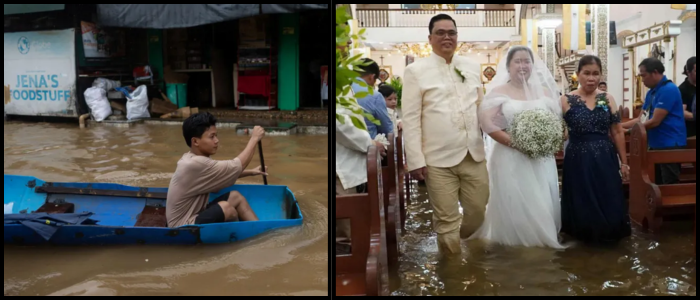
Why Filipino Couples Marry in Flooded Churches

Jamaica Aguilar looked every bit the classic bride as she walked down the aisle of Barasoain Church, north of Manila. Clad in a flowing white gown and a cathedral-length veil, she held her father's arm tightly. But unlike most weddings, this one unfolded with knee-deep floodwater filling the church, brought on by heavy rains from both a monsoon and a typhoon.



